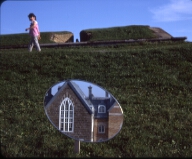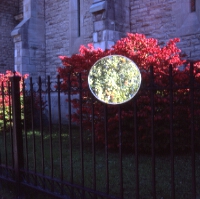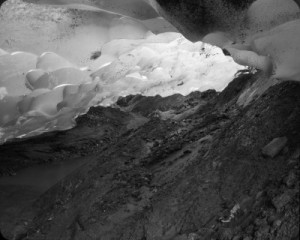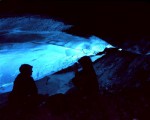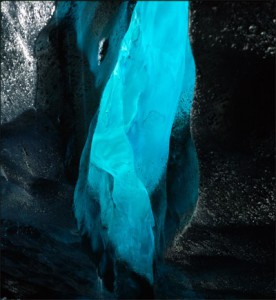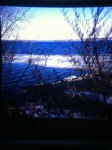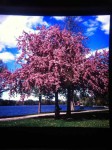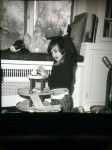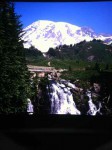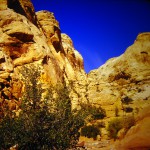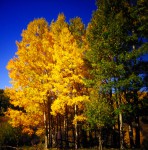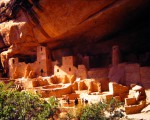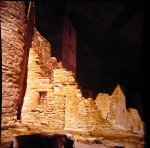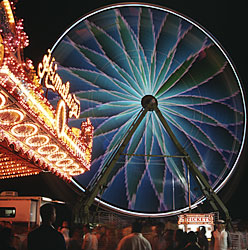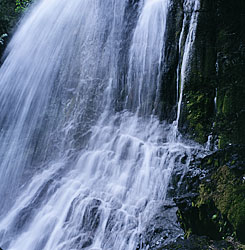Ducks Lake Winnebago
Velvia 100 and TL120(used for all) Exposure f16 1/30
I used the reeds as a 3d frame for the ducks. I like to underexpose velvia a bit to saturate the color.
My son, Efke 25, Nikon Sb 28 flash on auto f8
I love this film for portraits, grainless with excellent latitude. Please try it and DR5 if you haven’t yet.
Purple Tree at Riverside Park Neenah Velvia 100
Also slightly underexposed to saturate the color. I think trees are the perfect subject for 3d, I think this was f16 1/125
Myrtle Falls Mt. Rainier Velvia 100
I used f8 and 1/500 for this to eliminate the need for the tripod. Probably one of the few shots that I’ve used the top shutter speed for. Still adequate depth of field at infinity, but if you are really looking for it. Some forground needles are slightly soft. I love this place and hopefully will get to use the Tl- 120 in few more National Parks. Long Live Slide Film!
